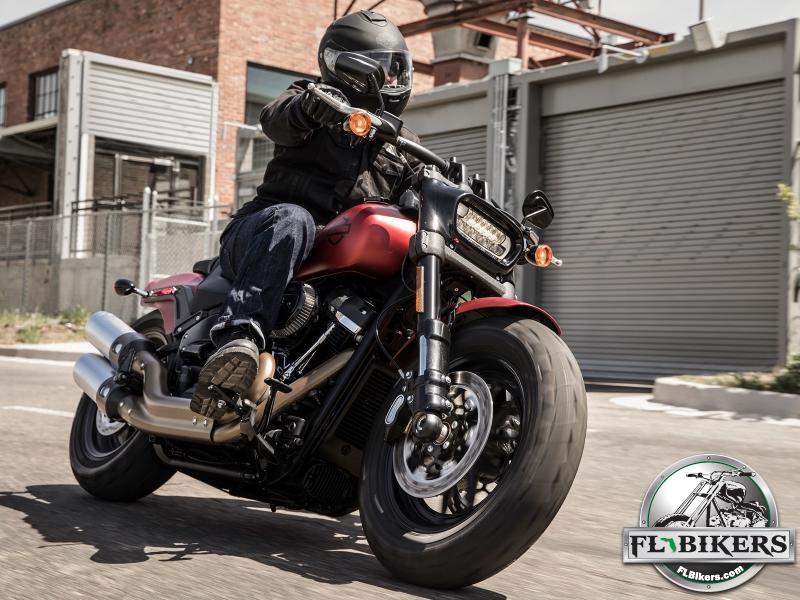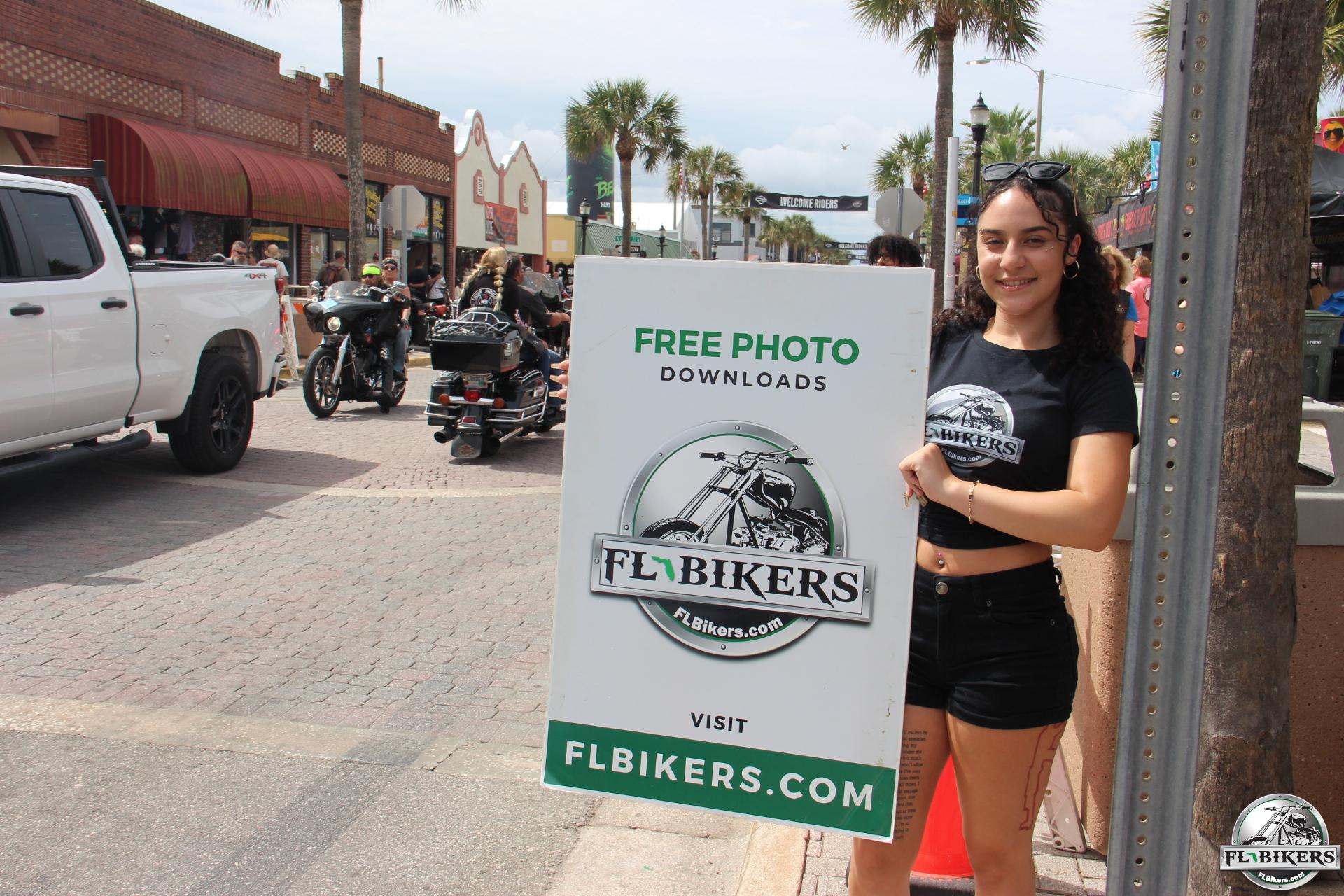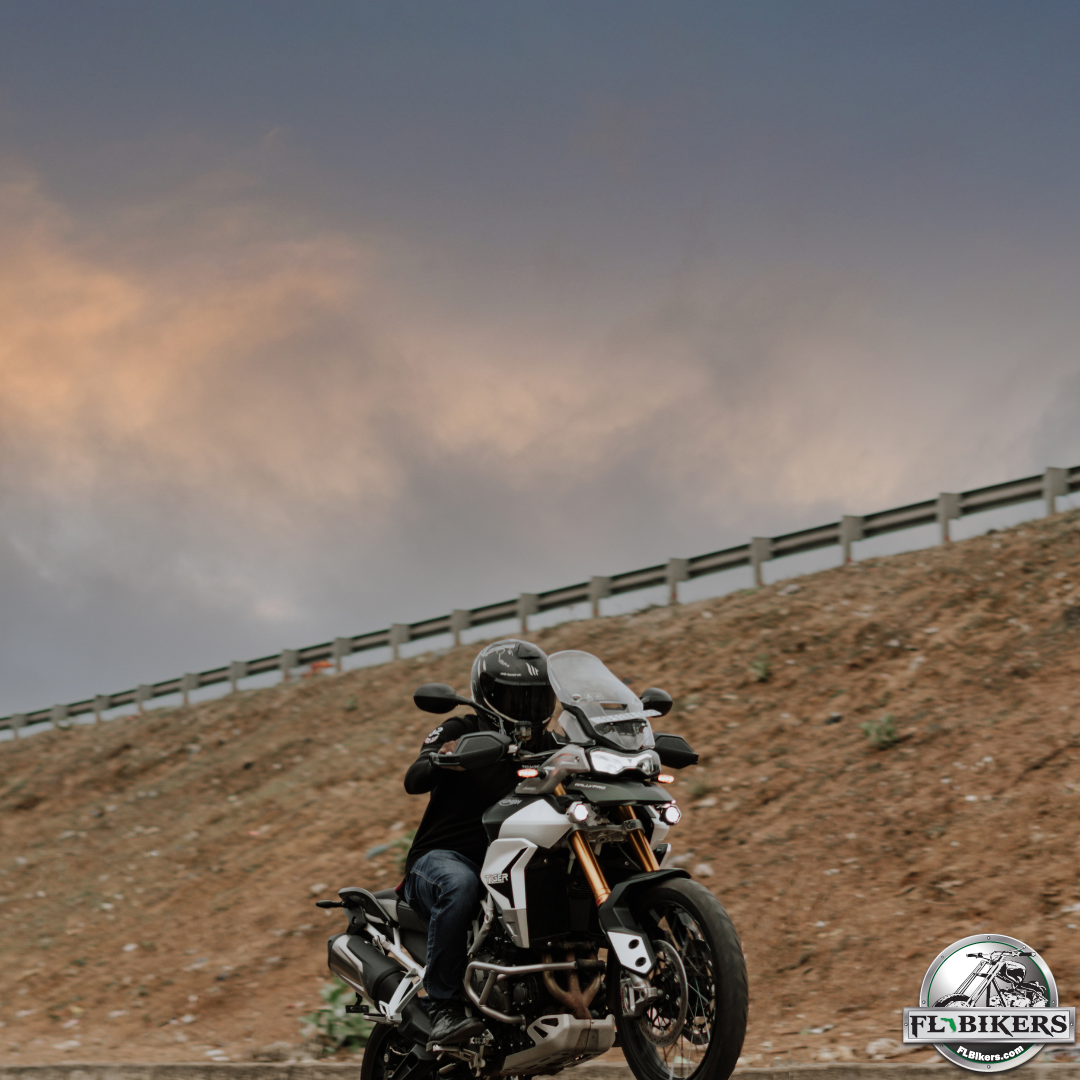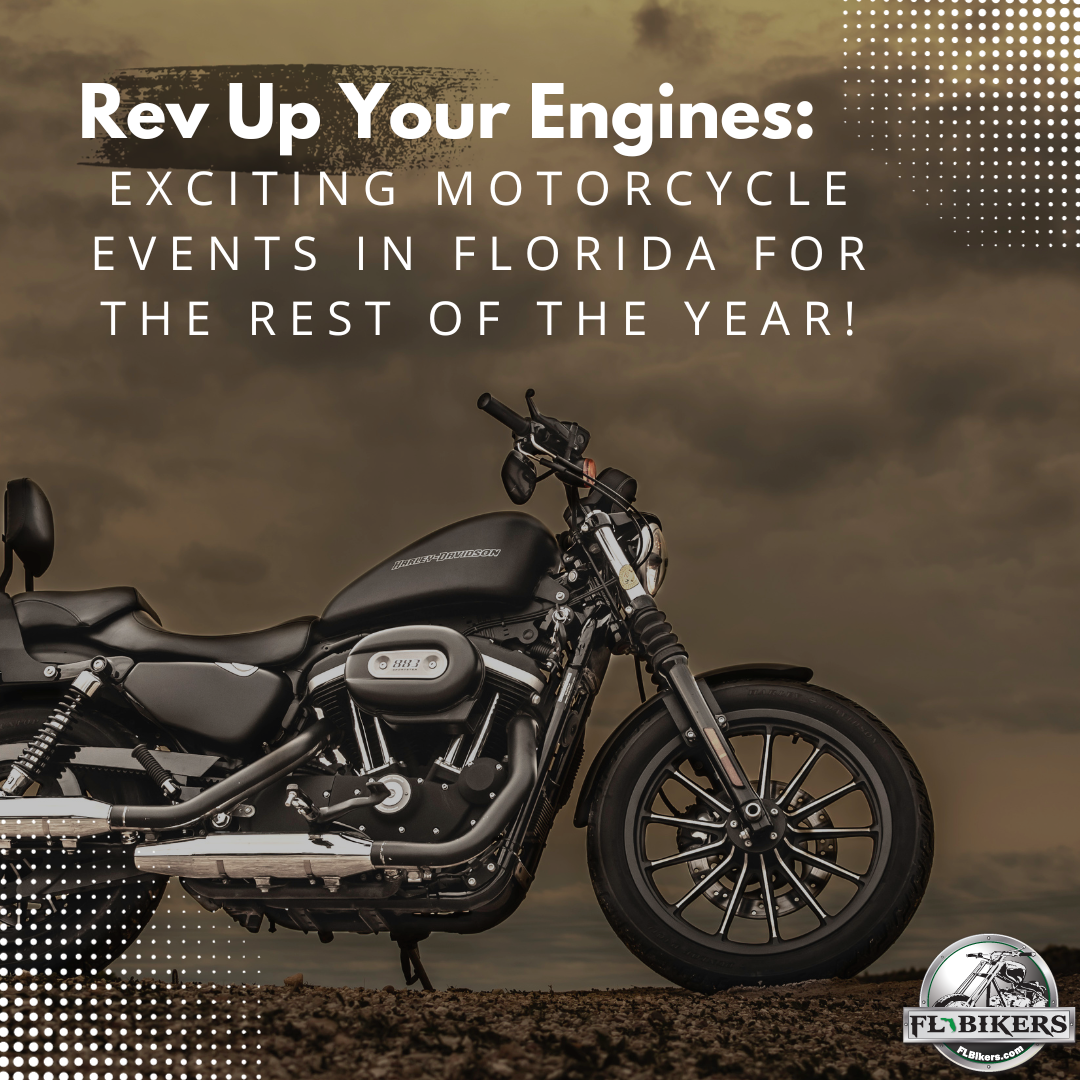Although Harley-Davidson has been using belts since the early 1900s when the brand began, it wasn’t until the company released the FXB80 Sturgis in 1980 that the brand committed fully to stop using drive chains altogether. While die-hard fans of the brand nowadays may not even think to question this decision, it was a serious point of contention with a lot of riders back in the day. So, whether you prefer drive chains, belts, or don’t really have an opinion (which you should), it’s interesting to examine why exactly Harley made such a drastic change, as well as whether or not belts are even the best option out there.

Drive Chains
Pros
- First, chains are the most common drivetrain on the market because it’s the single most efficient way to transfer power from the engine to the back wheel. No other option can even compete when it comes to efficiency, since drive chains only create a 3% loss of power on average.
- They’re strong and they’re durable. While we can have a discussion all day long about which is the better option on a street bike (drive chain or belt), when it comes to dirt bike there’s no competition. A chain is still the safest and best overall choice for any bike you plan on taking off the road and out onto the dirt.
- They’re cost effective. It costs a heck of a lot less to not only produce a drive chain, but they’re also easier and cheaper to fix or even replace, and it’s possible for those with a little know-how to tackle the job of fixing or replacing the drive chain on their motorcycle themselves.

Cons
- They’re high maintenance. You have to regularly clean and lube your drive chain so that it’s functioning optimally. You can’t get away with letting it sit too long without a proper cleaning. It’ll start to rust and you’ll increase your chances of having it snap while you’re out riding – which can be potentially fatal.
- They’re loud. Compared to belts, a chain is significantly louder simply because of the material it’s made out of and the way the chain and the sprocket work together. Even a well-lubed chain isn’t going to be perfectly quiet.
- Alignment is everything. If a bike has a drive chain, the back wheel needs to be perfectly aligned with the front otherwise it won’t roll onto and off the sprocket. If the alignment is off even by a little bit, the chain won’t function like it’s supposed to.

Belts
Pros
- They don’t require regular maintenance. You don’t have to constantly clean and lube your belt, because there’s no danger of it ever rusting. Belts are typically made of a strong synthetic material (such as Kevlar) and run completely clean. No upkeep means less work for you on a week-to-week basis.
- They last longer. With absolutely zero maintenance on your part (and barring any freak accidents) a quality belt should last up to 20,000 miles without needing to be replaced. Kevlar belts typically last even longer.
- They’re quieter. Because of the materials used to create the belt and sprocket set-up, you don’t get the same amount of noise from a belt system that you do with a traditional drive chain.

Cons
- They’re more expensive to produce and fix. Belts are significantly more expensive to produce than drive chains, and they’re more expensive to fix because it isn’t possible to “fix” a belt in the same way as a drive chain. If there’s anything wrong with a belt it typically needs to be completely replaced.
- They lose more power. Unfortunately, belts aren’t as power efficient as drive chains. Whereas an average drive chain will only lose about 1-4% power during transmission, belts lose anywhere from 9-15%. That’s more than double a drive chain, and is a significant loss.
- They’re more prone to damage. If anything gets caught in your belt, it can lead to irreparable damage. Even something as small as pebble will, over time, completely wear through the belt. And since it isn’t possible to do a quick fix on a belt, you’re looking at paying for an entire replacement if anything happens.
Although the advantages and disadvantages of both seem pretty even across the board, Harley-Davidson still chose to go with belts for all of their bikes. Why? Likely for the least exciting advantage up there – they’re quieter than drive chains. Harley-Davidsons are known for being loud. But state noise ordinances have to be taken into account. With the quieter belt system, the HD team was able to make the engine louder… and isn’t that what we all love the most about our Harley’s. So, if you drive a Harley, it should be a no brainer: give me a quiet belt and a louder engine every time.
For everyone else out there, you can make up your own mind about which you think is best.







